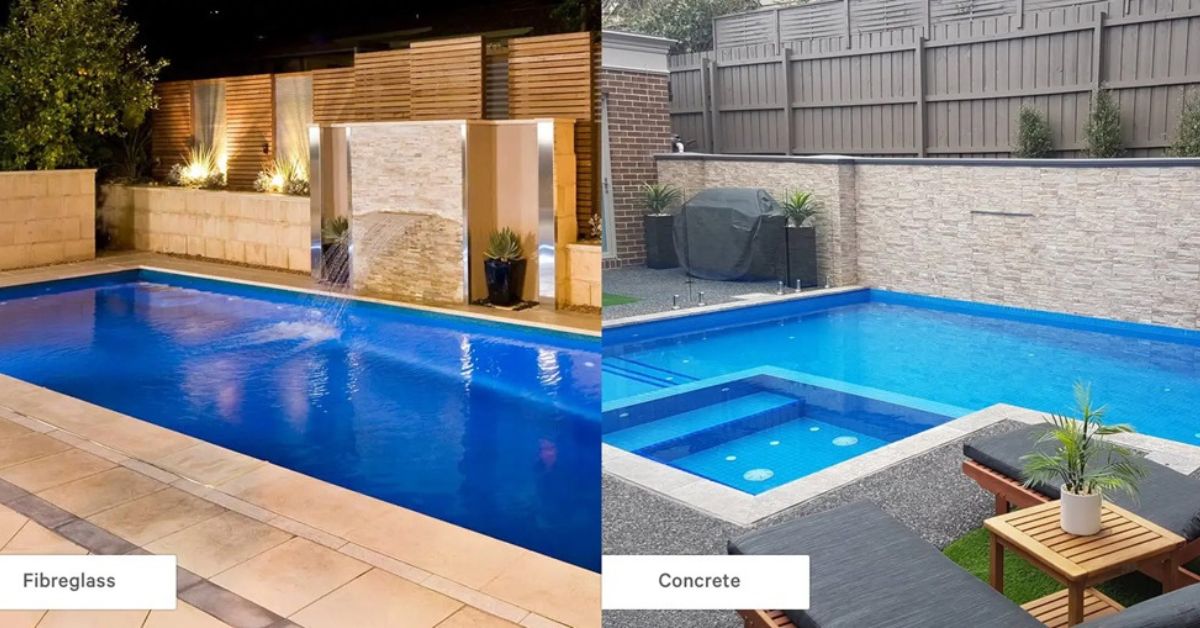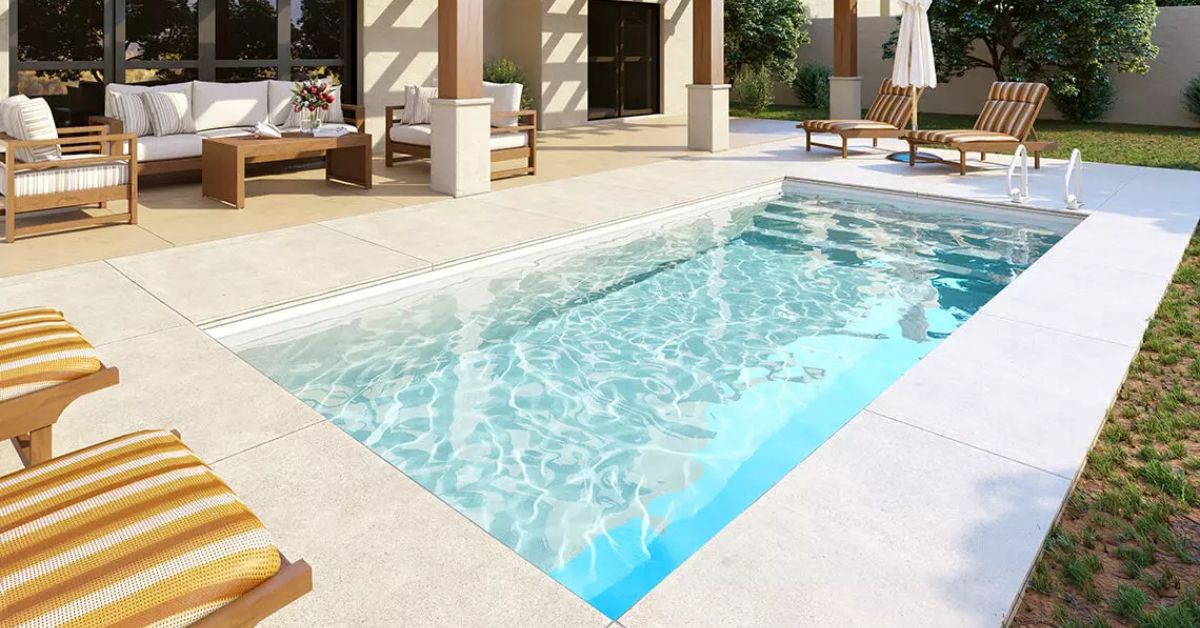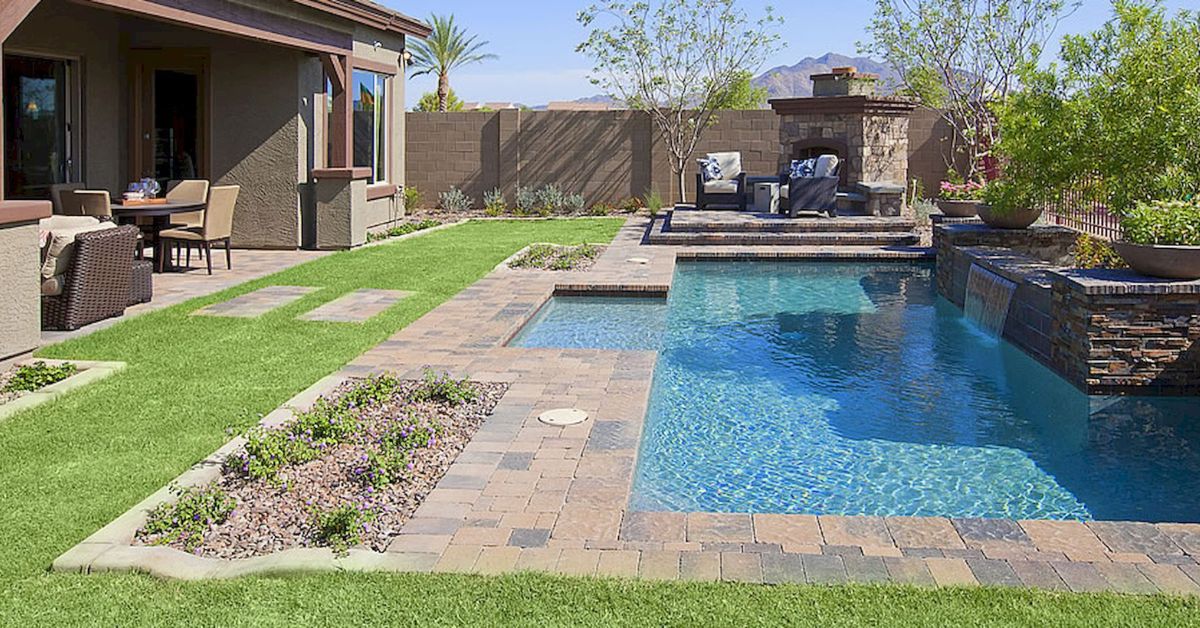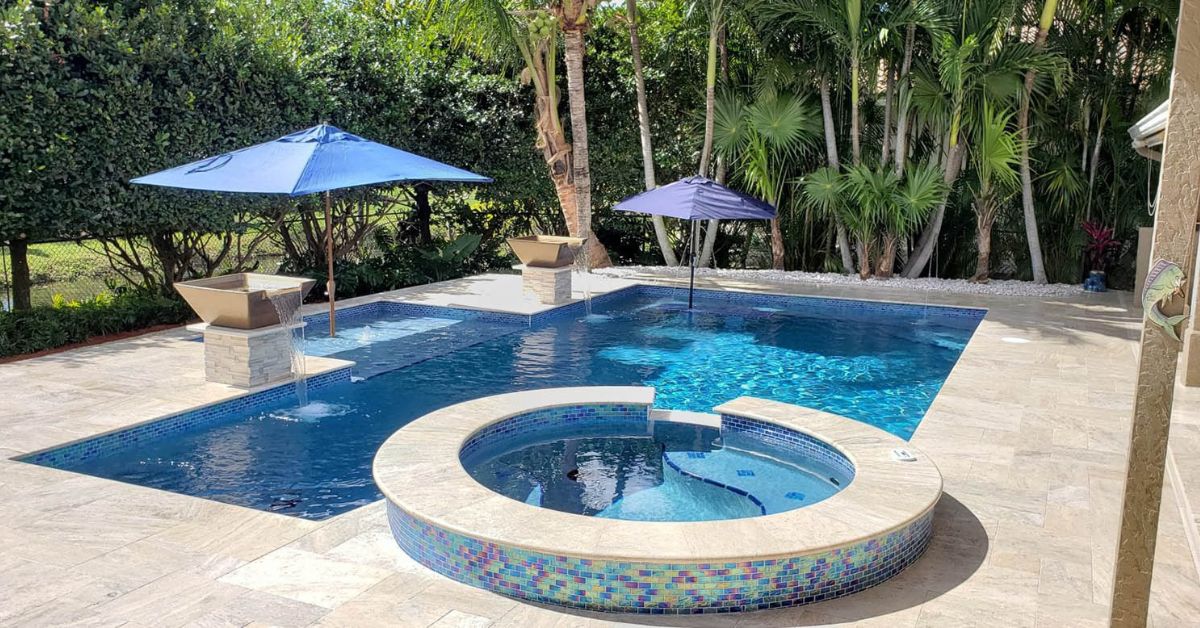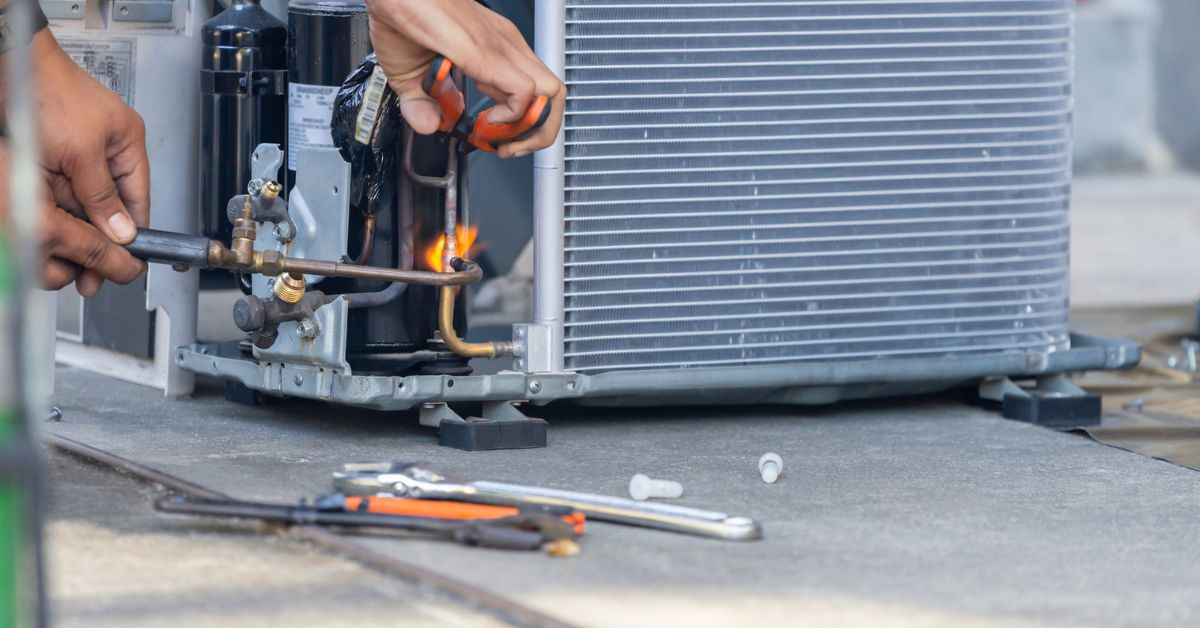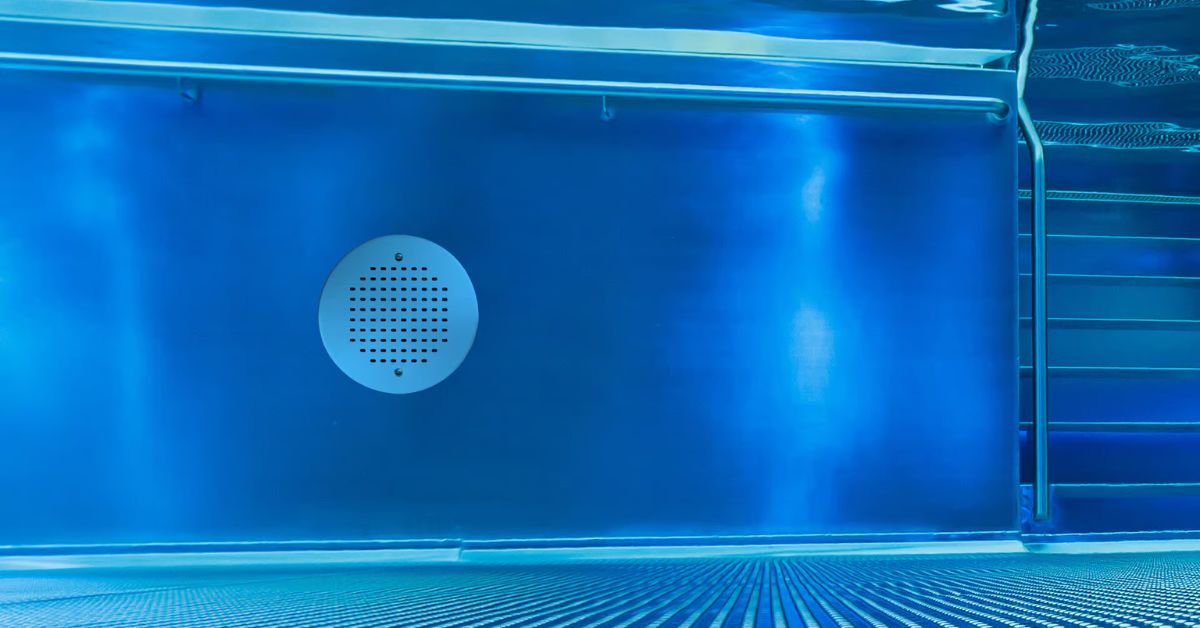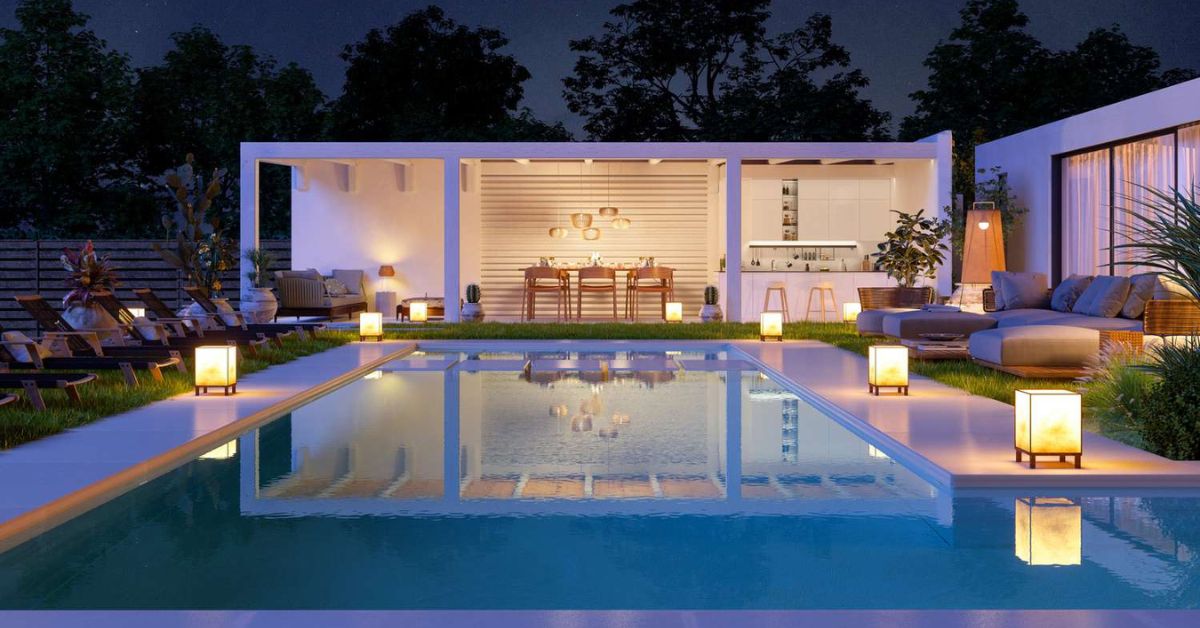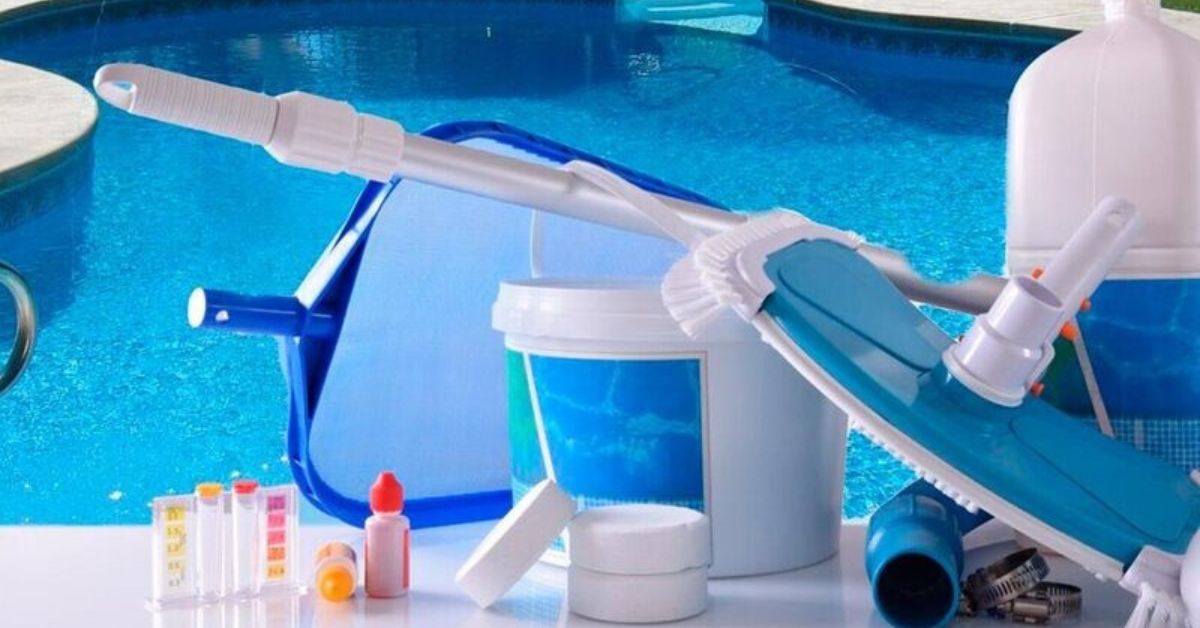Want to install a pool in your backyard but don’t know where to begin? The type of pool you choose can play a big role in how much fun you’ll have with it. Some pools are easy to install and require minimal maintenance, while others allow you to be creative with shape and style but require more maintenance.
Fiberglass pools are smooth, durable, and easier to maintain, whereas concrete pools offer more flexibility in design but usually require high maintenance. For anyone planning a pool installation, considering these factors early can save time and stress later.
This guide will compare fiberglass pools and concrete pools, explain the maintenance involved, and help you figure out which option fits your lifestyle best.
What Are Fiberglass Pools?
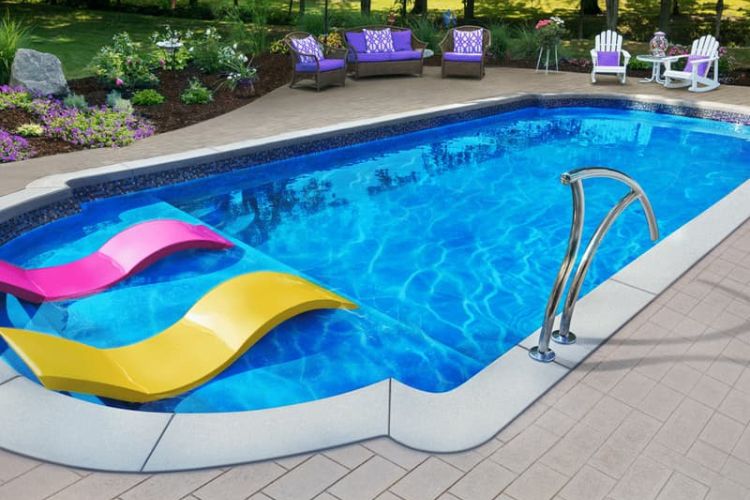
Fiberglass pools come as a single pre-formed shell. They are made from fiberglass reinforced with resin and coated with a smooth gel finish. This design gives them a seamless surface, which makes them quick to install and easy to clean.
One of the main benefits of fiberglass pools is low maintenance. Their smooth finish resists algae and reduces the need for constant scrubbing or chemical adjustments. They are also less likely to crack compared to concrete, which means fewer repairs over the years.
Fiberglass pools are popular for homeowners who want a pool that lasts with minimal effort. Even in harsh climates, the material holds up well to sun, cold, and frequent use.
What Are Concrete Pools?
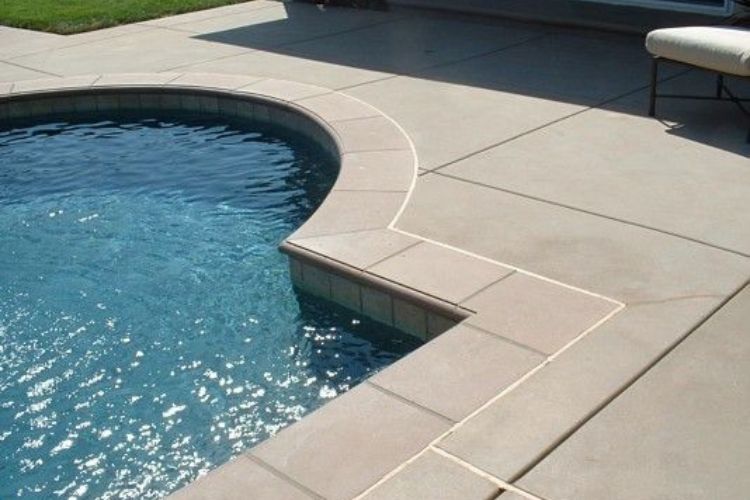
Concrete pools are custom-built on-site. The base and walls are poured using concrete, and then you choose a finish, such as plaster, pebble, or tile. This allows unlimited design flexibility. You can create curves, steps, or even built-in seating exactly how you want it.
The benefit of a concrete pool is its customizability. If you want a unique shape, an intricate design, or a large backyard feature, concrete can accommodate it. The downside is maintenance. Concrete surfaces are porous, making them more prone to algae and staining. Over time, they often need resurfacing or repairs to maintain their look and safety.
A Comparison of Fiberglass and Concrete Pool Prices
When considering fiberglass pools installation, the initial cost is usually higher than a basic vinyl pool but lower than a fully customized concrete pool. Installation is faster because the pool comes as a single piece and requires less on-site construction.
Concrete pools, on the other hand, can be more expensive upfront due to labor, materials, and the long construction period. While you get more design flexibility, the long-term costs can add up. Maintenance, resurfacing, and higher chemical usage make concrete pools more demanding financially over time.
How to Maintain Both Pools
Fiberglass pools are the best option if you want a pool that is simpler to maintain. Their smooth, non-porous surface limits algae growth and reduces chemical use. Basic pool maintenance, like checking pH levels, cleaning surfaces, and ensuring filters work, is usually enough to keep them in top condition.
Concrete swimming pools need more care. You might require more chemicals and stronger brushes because the rough surface can collect dirt and algae. Resurfacing is frequently required every ten to fifteen years. If you prefer low-maintenance options, fiberglass has a clear advantage.
Durability and Longevity
Both types of pools can last decades if cared for properly. Fiberglass pools are resistant to cracks and can tolerate most weather conditions. Their gel coat surface protects against UV rays and chemicals, helping maintain appearance and structural integrity.
Concrete pools are extremely strong but can develop cracks over time due to settling, freezing temperatures, or heavy use. Resurfacing is almost always required to maintain safety and appearance.
Overall, Fiberglass backyard pools tend to offer a more consistent long-term durability with less maintenance hassle.
Pool Design Freedom
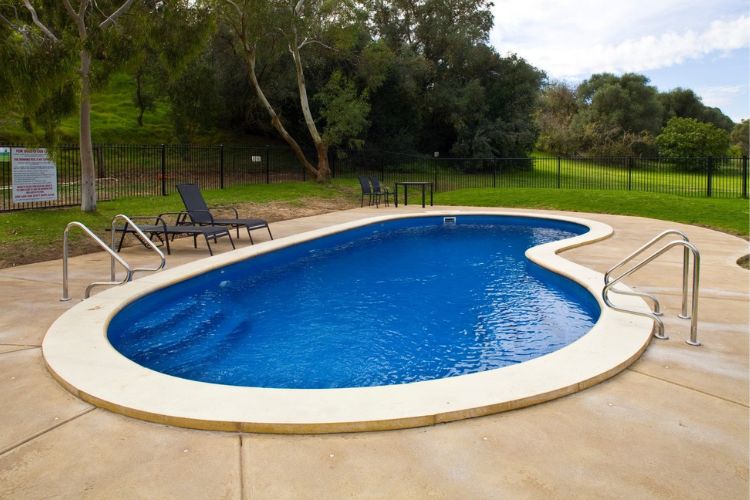
Fiberglass pools come in pre-formed shapes, so extreme customization is limited. Modern fiberglass designs still allow additions like steps, seating, and lighting to match your backyard style.
On the other hand, concrete pools allow total freedom. You can choose any shape, size, or custom feature. So, if your backyard has unique terrain or you want a statement piece, concrete offers unmatched flexibility.
Installation Time Required
The installation process is another factor to consider. Fiberglass pool installation is a quick process. Once the site is prepared, the pool is delivered and set in place, often within a few days or weeks. As a result, you can start using your pool sooner.
Concrete pool installation can take months. The process involves excavation, forming, pouring, curing, and finishing. This longer timeline can affect landscaping plans and backyard use during construction.
Safety and Comfort
Fiberglass swimming pools have smooth surfaces that feel comfortable underfoot and are gentle on the skin. They also reduce the risk of scrapes or minor injuries compared to rough concrete surfaces.
Concrete pools can be finished with slip-resistant coatings, but the surface is generally rougher. Both types can include safety features like steps, handrails, or built-in seating.
Comparison Table
| Feature | Fiberglass Pool | Concrete Pool |
| Installation Time | Quick, usually a few weeks | Longer, often several months |
| Surface | Smooth, gel-coated | Rough, plaster, or tile finish |
| Maintenance | Low–resists algae or fewer chemicals | Need High maintenance and more frequent cleaning and chemical balancing |
| Durability | Flexible and resistant to cracks | Very strong, but prone to cracks over time |
| Customization | Pre-formed shapes, limited options | Fully customizable shapes and sizes |
| Comfort | Smooth surface feels better underfoot | It can be rough on the feet |
| Cost | Higher upfront, lower long-term maintenance | Lower initial cost, higher upkeep over time |
| Lifespan | 25–30 years or more | 20+ years with proper care |
| Upgrades or Remodeling | Easier to update surfaces, add features | Can remodel, but more complex and costly |
Which Pool Works Best for Your Place?
Deciding between a fiberglass backyard pool and a concrete swimming pool comes down to priorities. If you want low maintenance, long-term durability, and fast installation, fiberglass is the best choice. If you prefer unlimited design options and a highly customizable backyard centerpiece, concrete may suit your needs better.
For homeowners in Florida looking for a new pool, considering pool installation in Florida is important due to the climate. Fiberglass in-ground pools perform well under strong sun and humid conditions. Concrete pools can handle the environment, too, but may need more care.
Final Thoughts
Both fiberglass backyard pools and concrete pools have their benefits, but for many homeowners, fiberglass swimming pools provide the best balance of durability, low maintenance, and long-term value. With proper care and occasional updates, a fiberglass pool can last decades while staying functional and attractive.
If you’re planning to create a pool in your backyard, Lifestyle Pools offers expert guidance for fiberglass pool installation, providing a reliable, easy-to-maintain option that delivers years of enjoyment.
FAQs
What is the lifespan of fiberglass pools?
Usually, 25 to 30 years with proper care and maintenance.
Are concrete pools harder to maintain?
Yes, they require more cleaning, resurfacing, and chemical balancing.
Is it possible to customize a fiberglass pool?
Shapes, sizes, colors, and built-in features are all customizable.
Is professional installation necessary for fiberglass pools?
Yes, it ensures proper setup and long-term durability.
Do fiberglass pools need fewer chemicals?
Yes, their smooth surface reduces algae buildup, cutting down chemical use.


